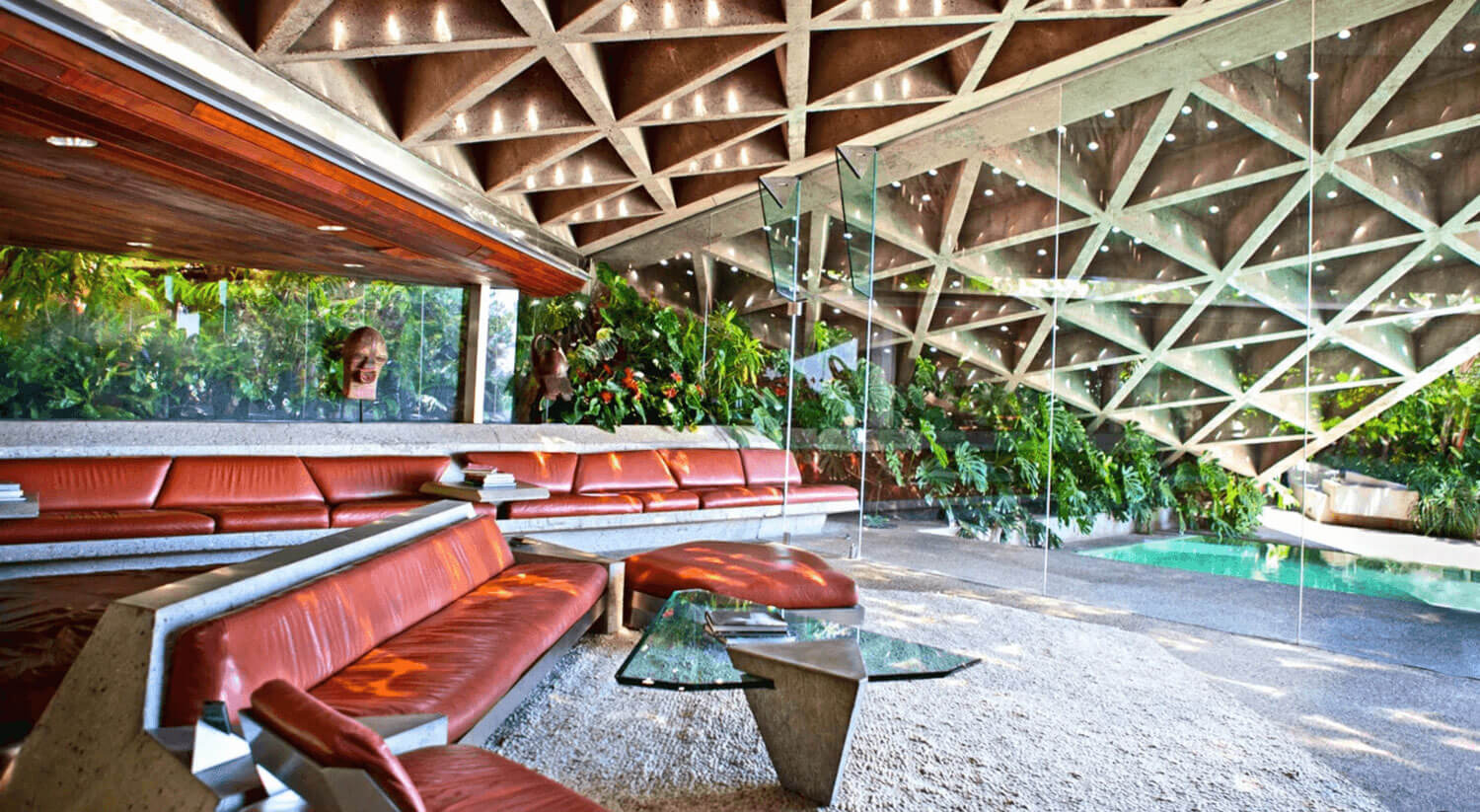Julie, head designer of Brayton Interiors, has always been inspired by the world of architecture. Specifically, architects and movements that pushed the boundaries in defining levels of modernism across the US and beyond, such as Frank Lloyd Wright. While he and others were focused on the theme of materials, proportions, lines, and nature, the Victorian Era of opulent design was also in full force. Although having an appreciation for both, Julie finds the most inspiration in the style of Frank Lloyd Wright and his predecessors. The following interview with Brayton’s head designer explores her connection with modernist, and in some cases, gravity-defying, architecture and how she’s bringing it to new projects in Denver.
Who are your favorite architects? Why do you find them inspiring?
Julie: I’m not sure it’s architects as much as it is architectural movements. Dating back to the classical Roman and Grecian structures, moving through Medieval, Renaissance, Baroque, Rococo, Neo-Classical, Victorian, Craftsman to my favorite movement which is what we call “mid-century modern” or post-war architecture. The architects I find most inspirational from that era begin with Frank Lloyd Wright, and then later Luis Barragan, John Lautner, Richard Neutra, Ludwig Mies Van der Rohe, and Ray and Charles Eames when they come into play.
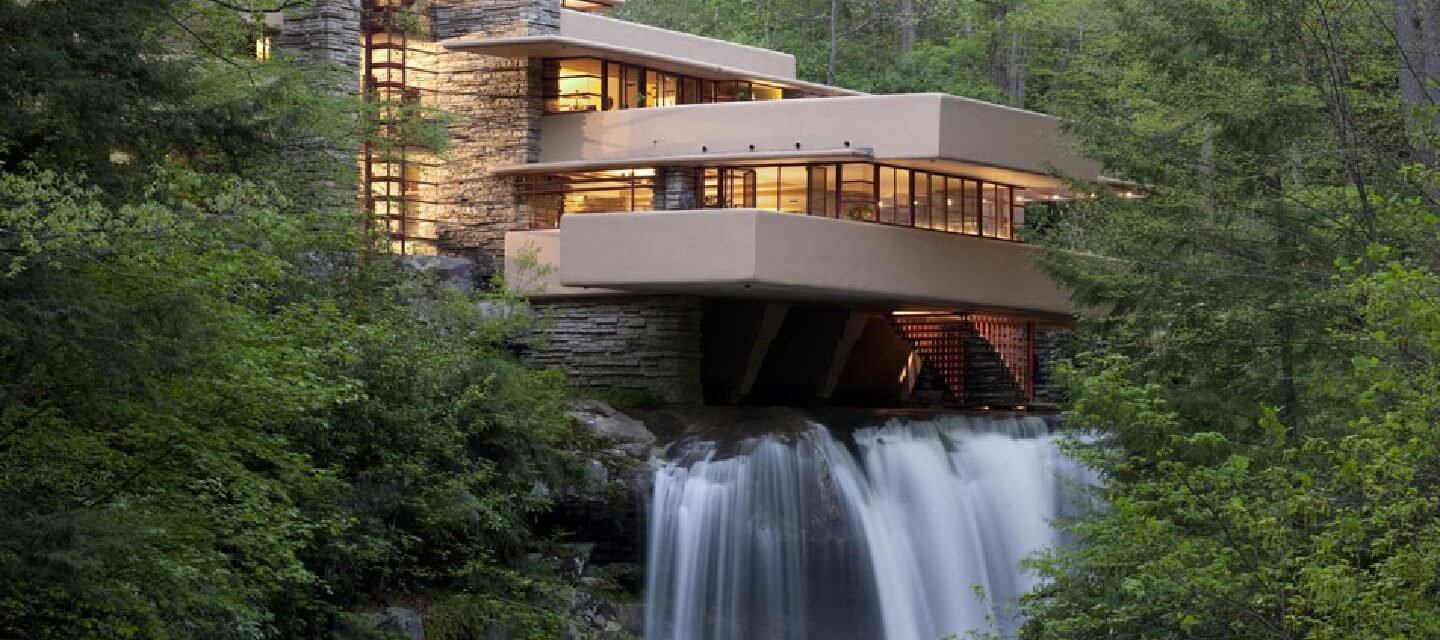
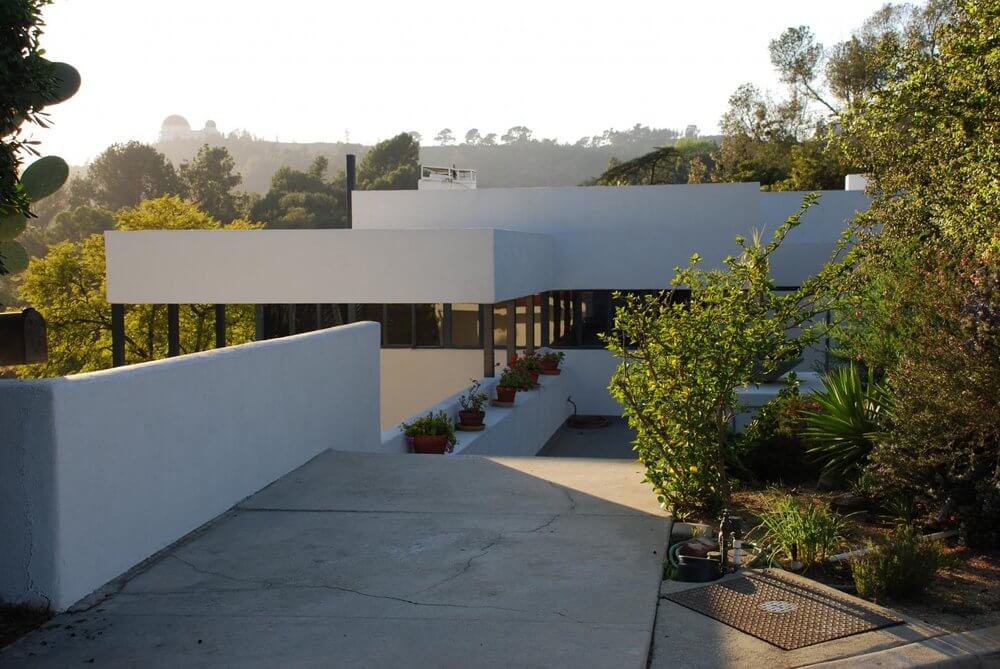
These architects, and the movement in general, focused on aligning materials, proportions, lines, and nature while embracing minimalism – a style that had never been seen before and is truly breathtaking in form. A few of my favorite projects from this movement include: Falling Water and Norman Lykes House by Frank Lloyd Wright, Lovell House by Richard Neutra, and Elrod House, Sheats-Goldstein House, and Schaffer House by John Lautner.
Is there a recent project in which you pulled inspiration from these architects?
Julie: We are currently working on an original mid-century house built in the 1960s that has been remodeled with our material suggestions. We are also hoping to furnish it in order to tie in a few more elements that inspired us from the mid-century/modernist time period.
How did you learn of these movements and architects? Was it through your years of education or via direct design work?
Julie: I learned about the architecture piece during my time as an undergraduate studying Art History. I furthered my knowledge by studying Interior Design at the Fashion Institute of Design and Merchandising (FIDM), and then really dug in with books and articles for inspiration for my past bosses, Architectural Digest Top 100 (AD100) Designers – they both loved to look at books, many of them obscure, to build project schemes. I’ve inherited this practice and continue to turn to books when planning new projects.
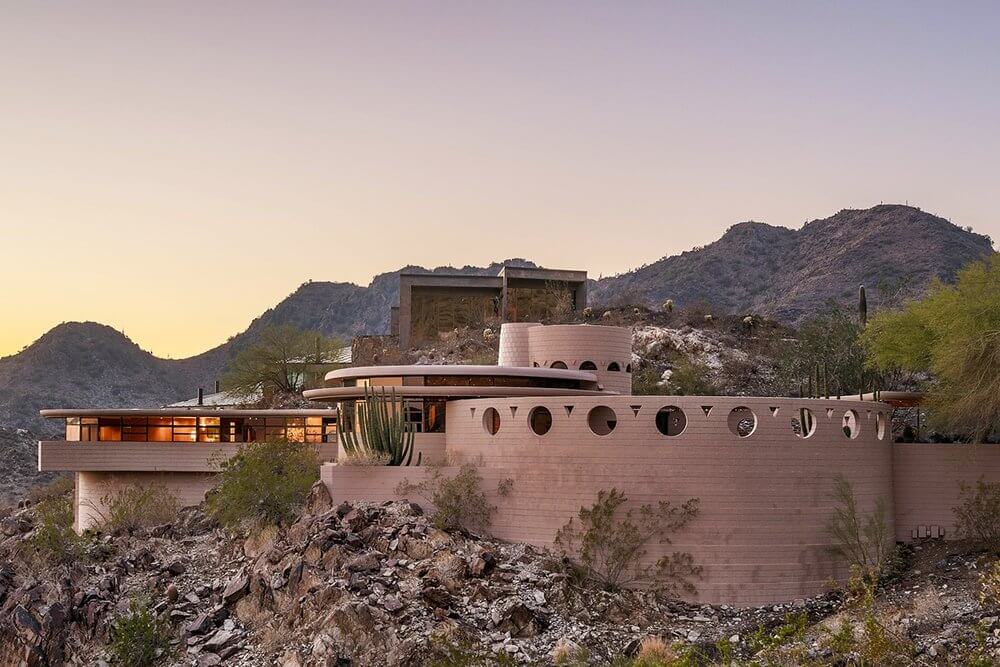
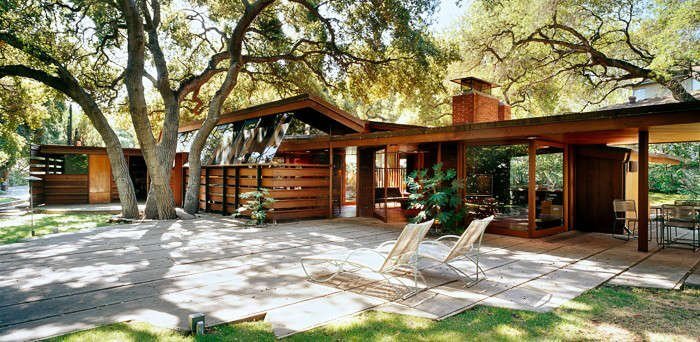
Some of your favorite architects and movements are from outside of the US. What inspires you about architecture from around the world? Do you wish you saw more of this influence here in the United States and Denver?
I like the eclecticism that centuries of architecture bring to a city. Europe and Asia are fascinating for that reason. The United States isn’t very old compared to these regions, so it’s naturally not as storied in its structures. We can’t fault the US for that – there is a lot of great design here in the states. However, I do hope that Denver, and really everywhere, can preserve original architecture because it does add such personality and a sense of history and place. I also really hope that Denver architecture in the future does not result in cheap materials and a lack of personality just so builders can make a buck.

